Solar storms
3-4 ESO (14-16-years old)
In this experience, we will learn what Sun storms are and how they can affect our daily life.
Material that could add value if prepared before coming to ESAC:
-
Uniform line movement and the uniformly accelerated rectilinean movement. Forces of nature.
-
Videos
Material to be used at ESAC: Scientific case and material extra.
Like other stars, the Sun is a ball of hot (millions of Celsius degrees) gas (91% Hydrogen and 9% Helium) held by gravitational forces. The Sun is in an equilibrium of being pulled together by its own gravitational force and pushed apart by the energy released by thermonuclear reactions in its core.
The Sun and other stars shine because of this thermonuclear energy produced in the core. On the contrary, the planets are bright just by reflection of the sunlight.
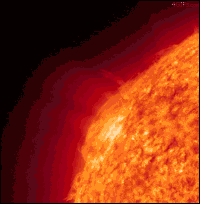
Sun flare.Credits: NASA
As most stars, the Sun has magnetic fields where its plasma from the convective zone circulates in loops that are visible from the surface. Sometimes these loops break, creating "flares" and a shower of charged particles leaves the loop and travels through the Solar System.
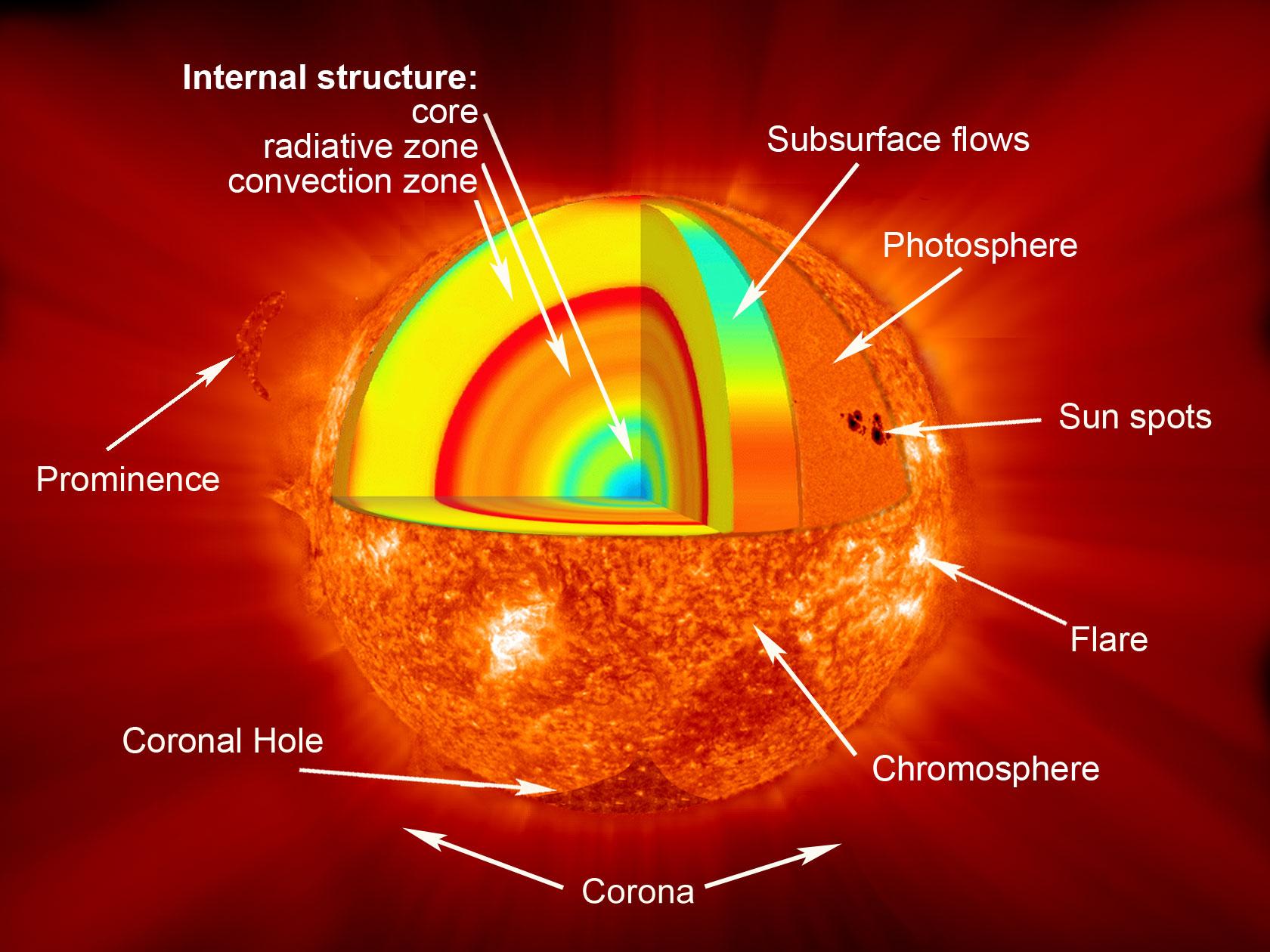
We are very lucky that the Earth is shielded by the Van Allen Belts. They protect us from these solar storms which is not the case for example for Venus, which may be one of the reasons why there is no life there.
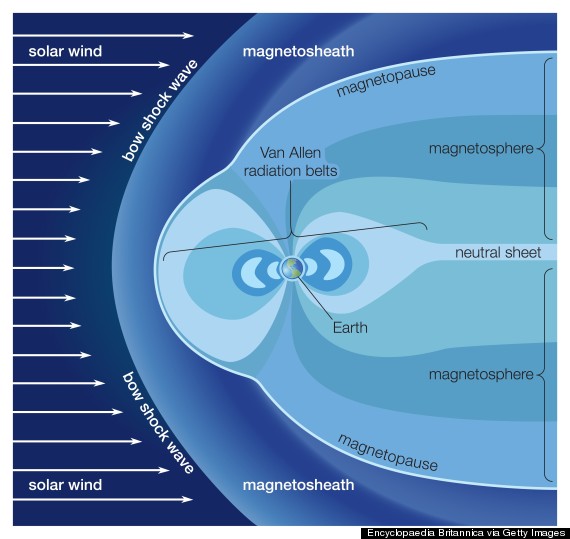
The Van Allen radiation belts within the Earth's magnetosphere. Pressure from the solar wind is responsible for the asymmetry. Credits: Encyclopaedia Britannica
Some of the ionized particles from the solar storms are caught by our magnetic fields. Close to the N-S poles, where the magnetic poles are, these particles ionize the atmosphere in such a way that wonderful Auroras are seen, such as in this very nice picture.

Aurora Boreal. Credits: http://www.kakslauttanen.fi/es/invierno/
Our Sun has been studied not only by solar telescopes placed on the Earth but also from satellites sent to space. Since 1995 a cooperative ESA & NASA mission called SOHO has been studying the Sun.
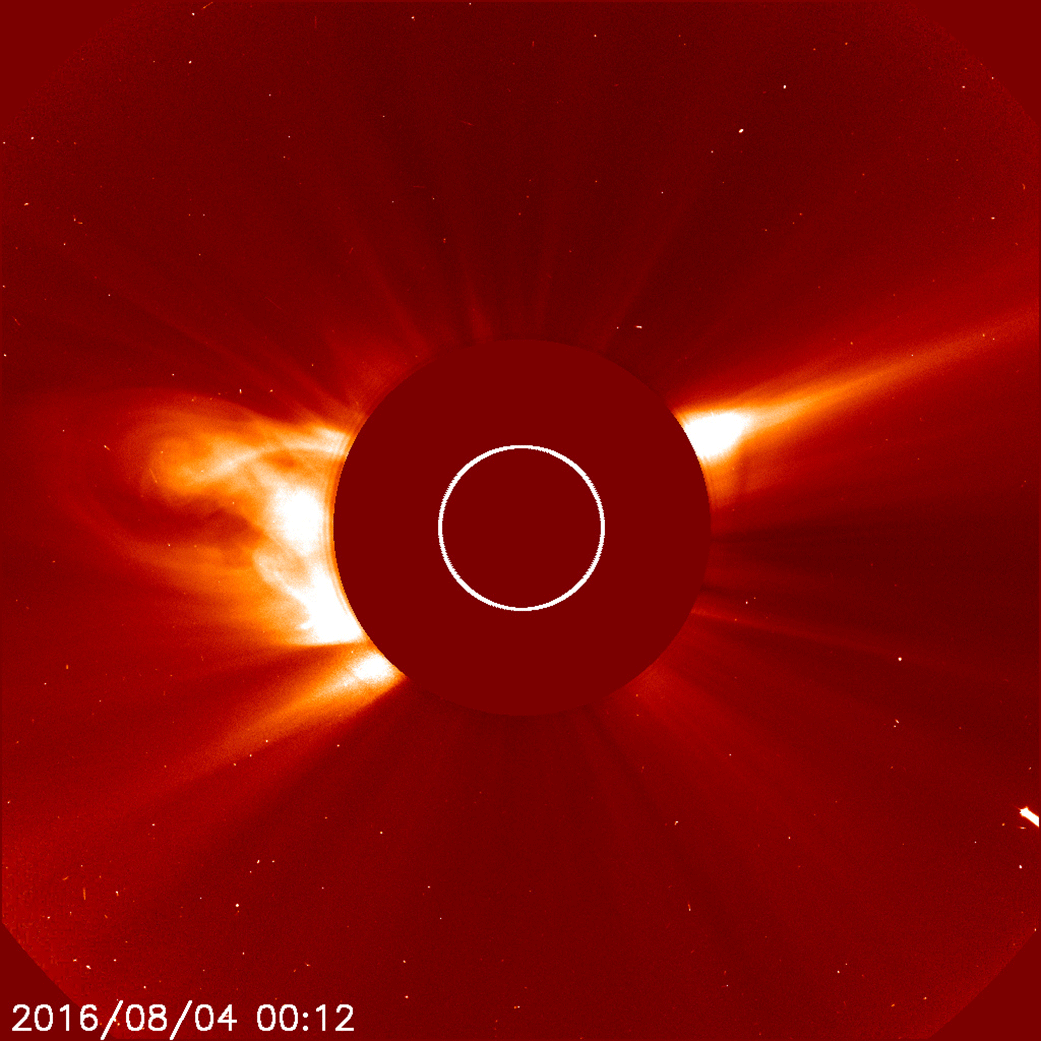
Credits: ESA, NASA SOHO Sees bright Sungrazer Comet
There is a new ESA mission, called Solar Orbiter, that is currently studying the Sun and its effects on the Earth. One of its main goals is to analyze data from the sun's poles for the first time.
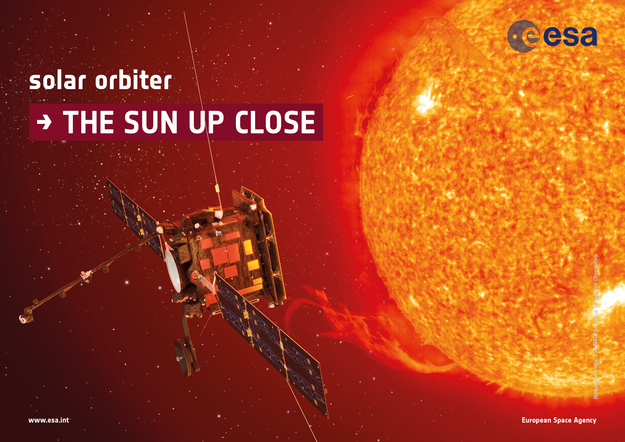
Credits: ESA
Are you ready to learn more about our closest star?